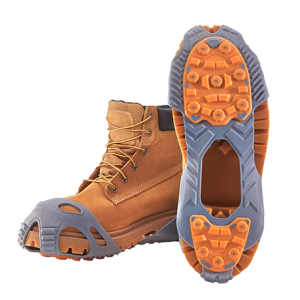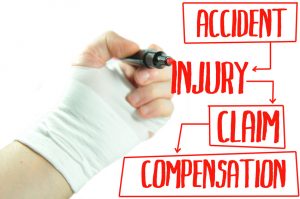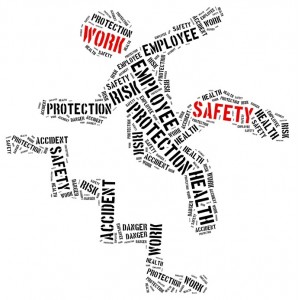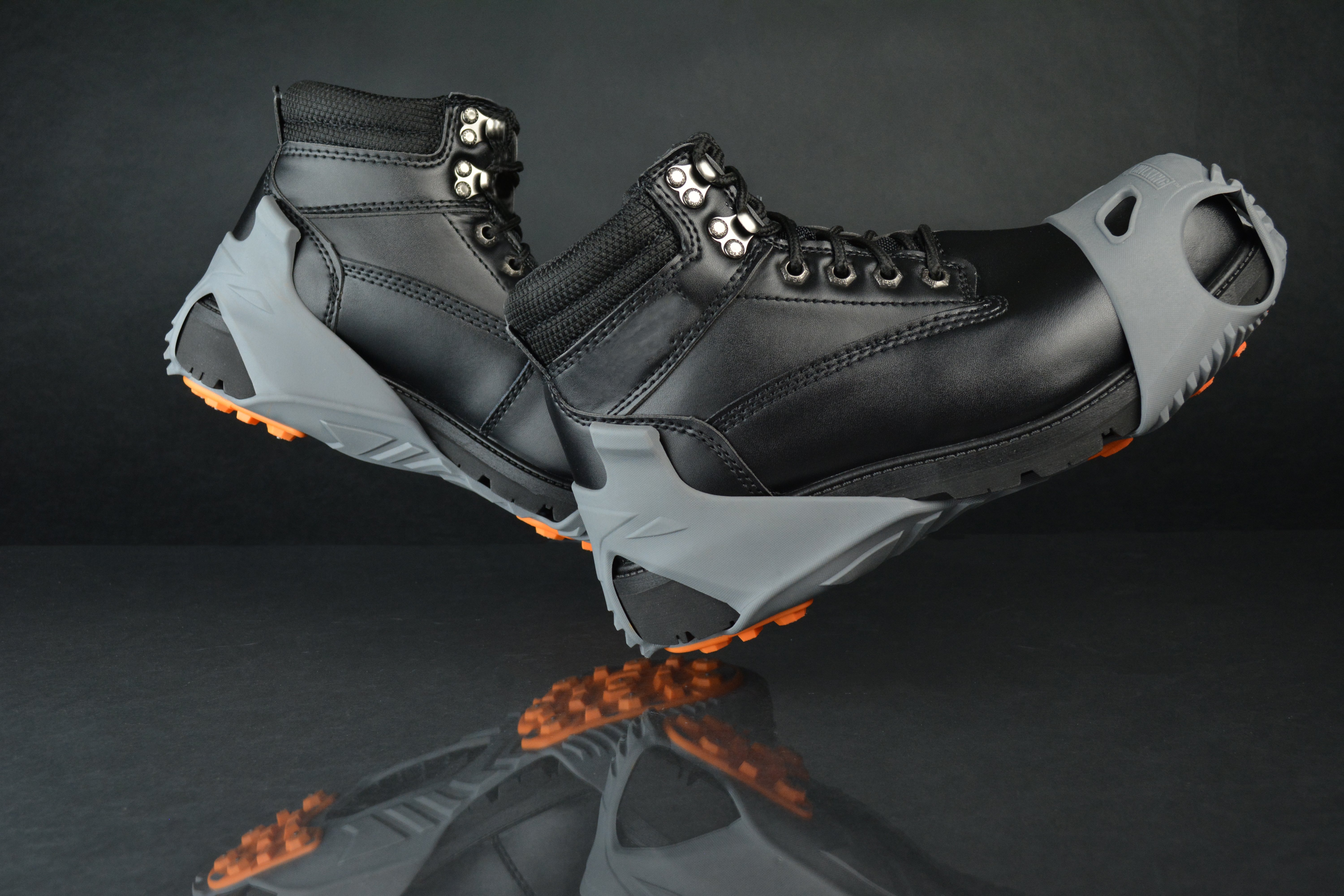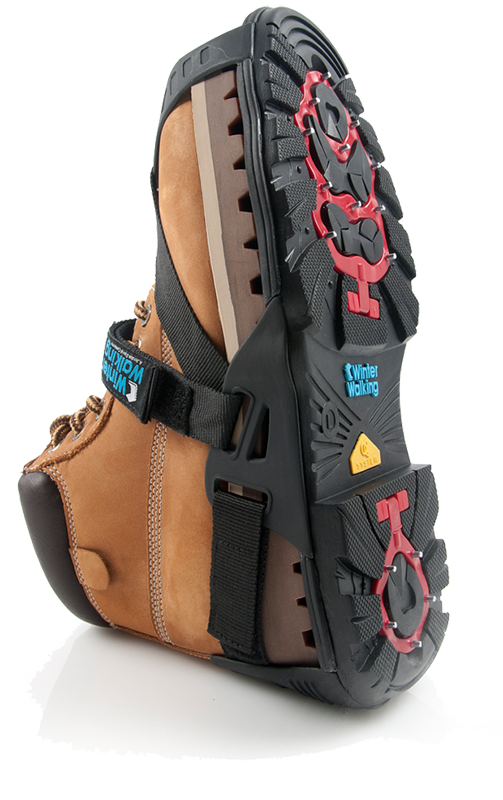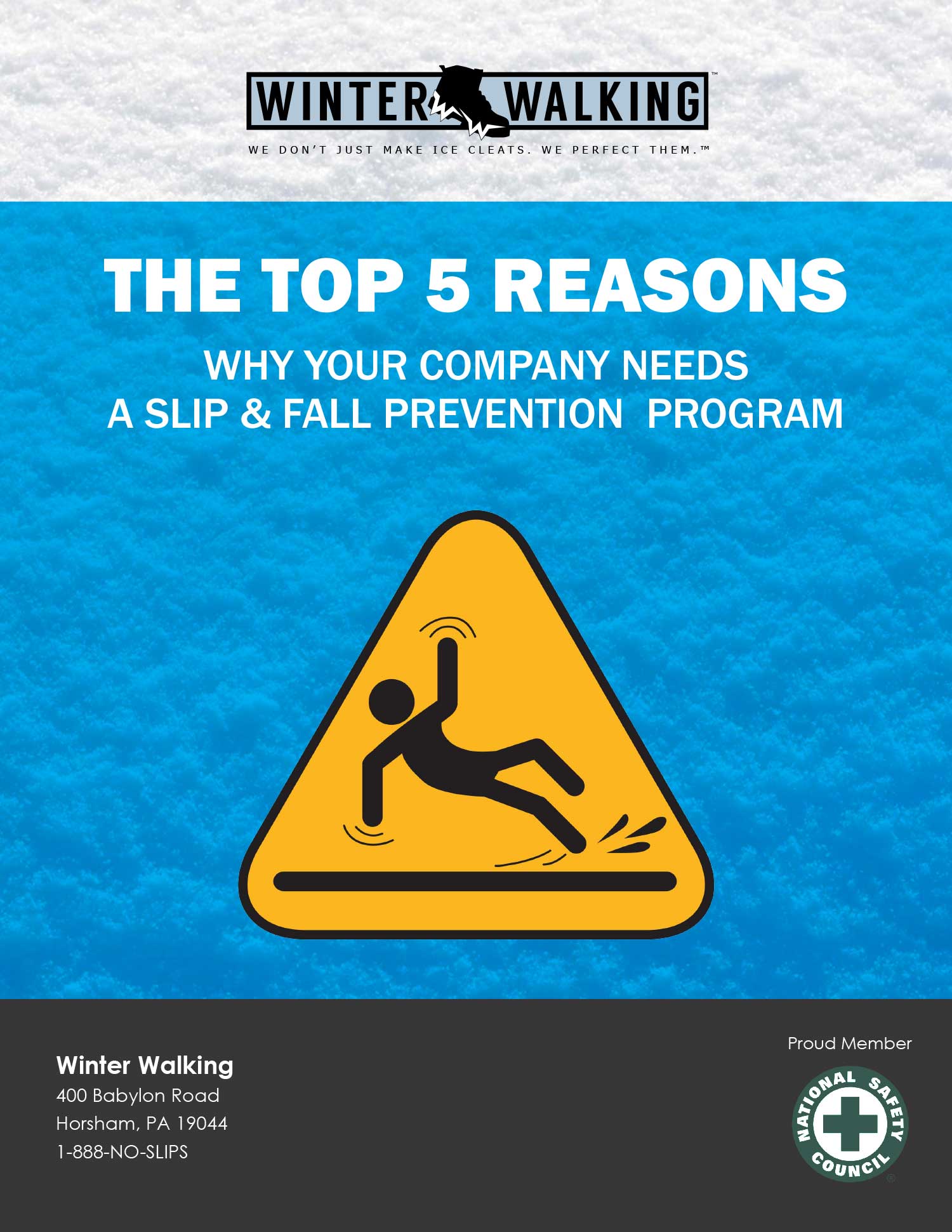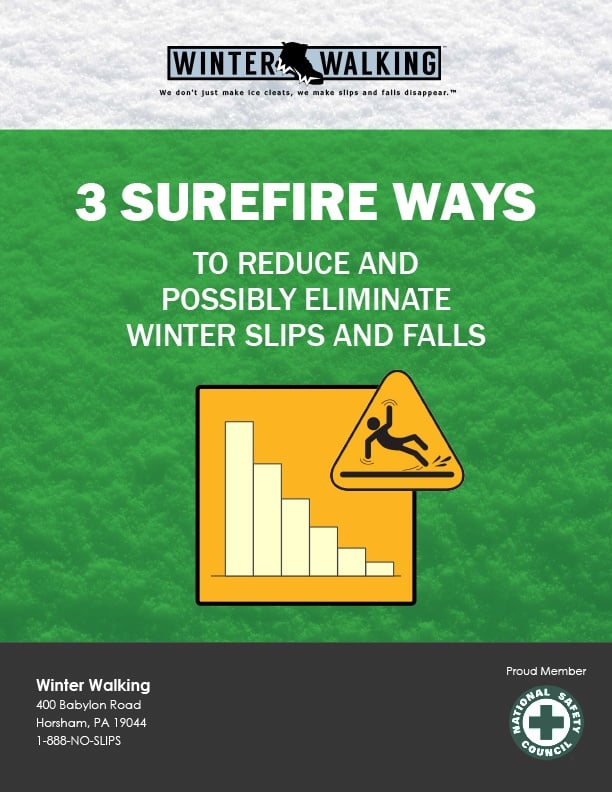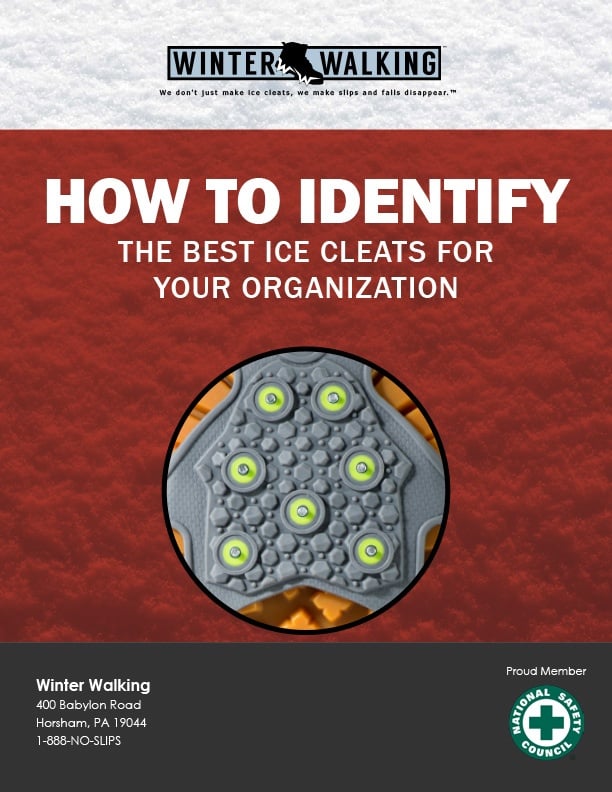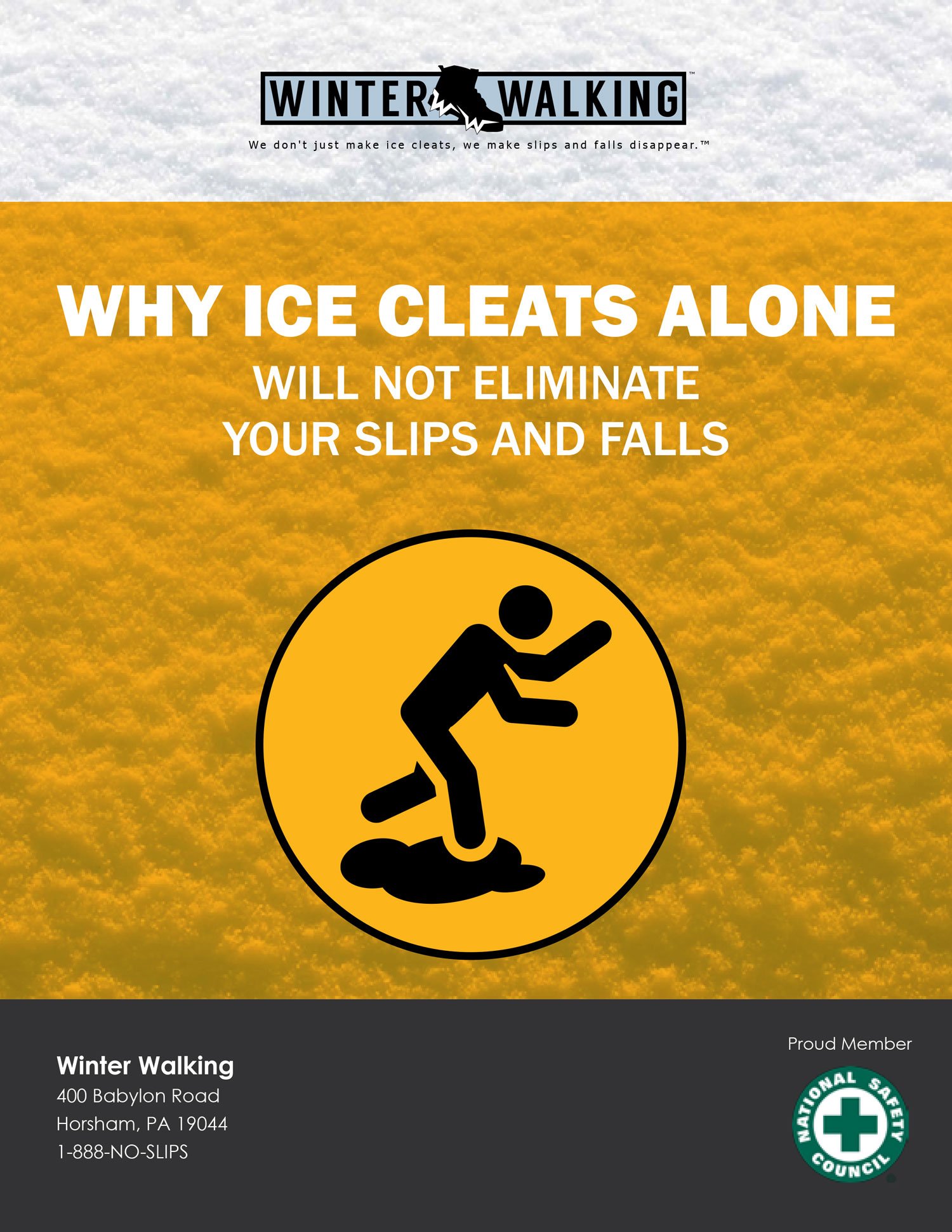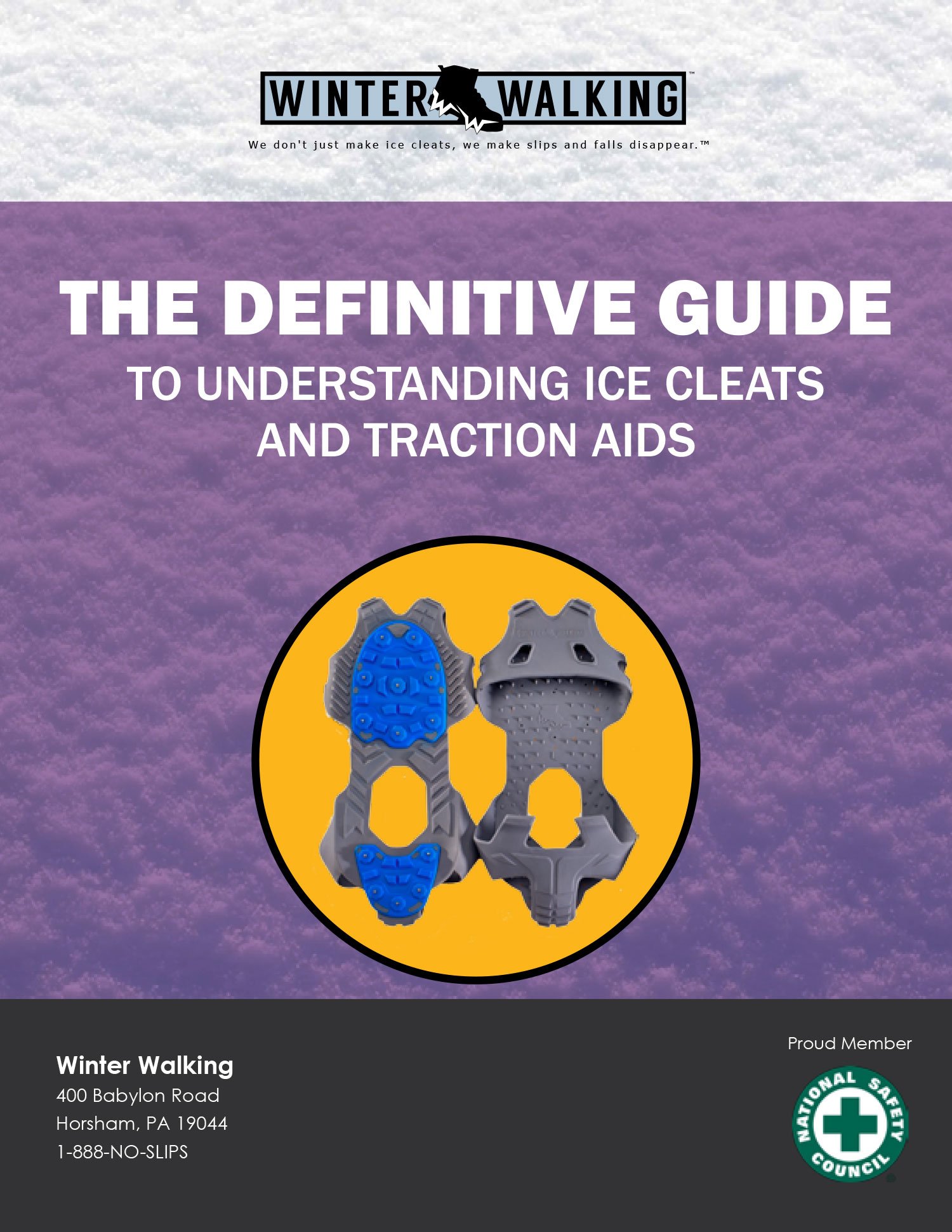If you’ve tried to introduce a new piece of PPE to your workforce, you know how hard it is for humans to change their ways. I talk to a lot of safety managers to discuss ice cleats and traction aids for shoes and they all tell me some version of: “I know my guys. They’ll never bother to put them on.” But if you’re a safety professional who knows that wearing ice cleats will reduce the number of winter slip and fall injuries (and, in the process, increasing your company’s workers comp claims), then you owe it to your company, your work staff and yourself to find a way to introduce an ice tracti[…]
Continue Reading
Far and away, the most common complaint we hear is that people hate taking their ice cleats on and off throughout the day, especially when they walk from outside to inside frequently. Who can blame them? Winter slips and falls on snow and ice are often the number one cause of recordable incidents. While ice cleats seem like an obvious solution to reduce accidents, there are two realities that complicate the issue:
Continue Reading
So let me ask you a rather blunt question: Why are your employees using the Personal Protective Equipment (PPE) they are today? Chances are, your company has a lot of PPE footwear standards that are mandatory, not voluntary, as a condition of employment. What about safety glasses, hard hats, steel-toe boots, high-visibility clothing, fire-retardant apparel?
Continue Reading
If math frightens you, don’t worry. I’ll try to make this as painless – and as helpful – as possible. As a safety professional concerned about your workplace safety record, you’re planning on buying traction aids for your employees. So, it is fair to consider whether the item you are purchasing is too expensive. While you would generally expect a company to spend whatever it takes to keep everyone as safe as possible, that might not always be the case. As a matter of fact, from a pure numbers standpoint, it might even make sense to let the accidents happen.
Continue Reading
Try Googling the term “ice cleats.” Overwhelming, right? And not at all helpful. Most of the results feature the same style of cleat, but with different color spikes. So what can a busy safety professional do to reduce winter slips and falls, in the ongoing attempt to improve their workplace safety record? The worst thing he or she can do is pick a traction product like boot cleats for ice at random and hope for the best. All too often, this kind of search ends in disappointment, frustration and a depleted budget.
Continue Reading
Most of you have a workforce that is required to work outside in winter. And your company has probably paid the price winter workplace safety hazards with slips and falls. A high price. So why is this still happening? Are you just too busy to address this problem adequately? Have you tried winter working gear like ice cleats or other traction aids that didn’t work? Have you given up because you are convinced that all ice cleats are the same? Whether you call them ice cleats, ice spikes or crampons, remember this: Just because other winter working gear like traction footwear looks similar doesn[…]
Continue Reading


